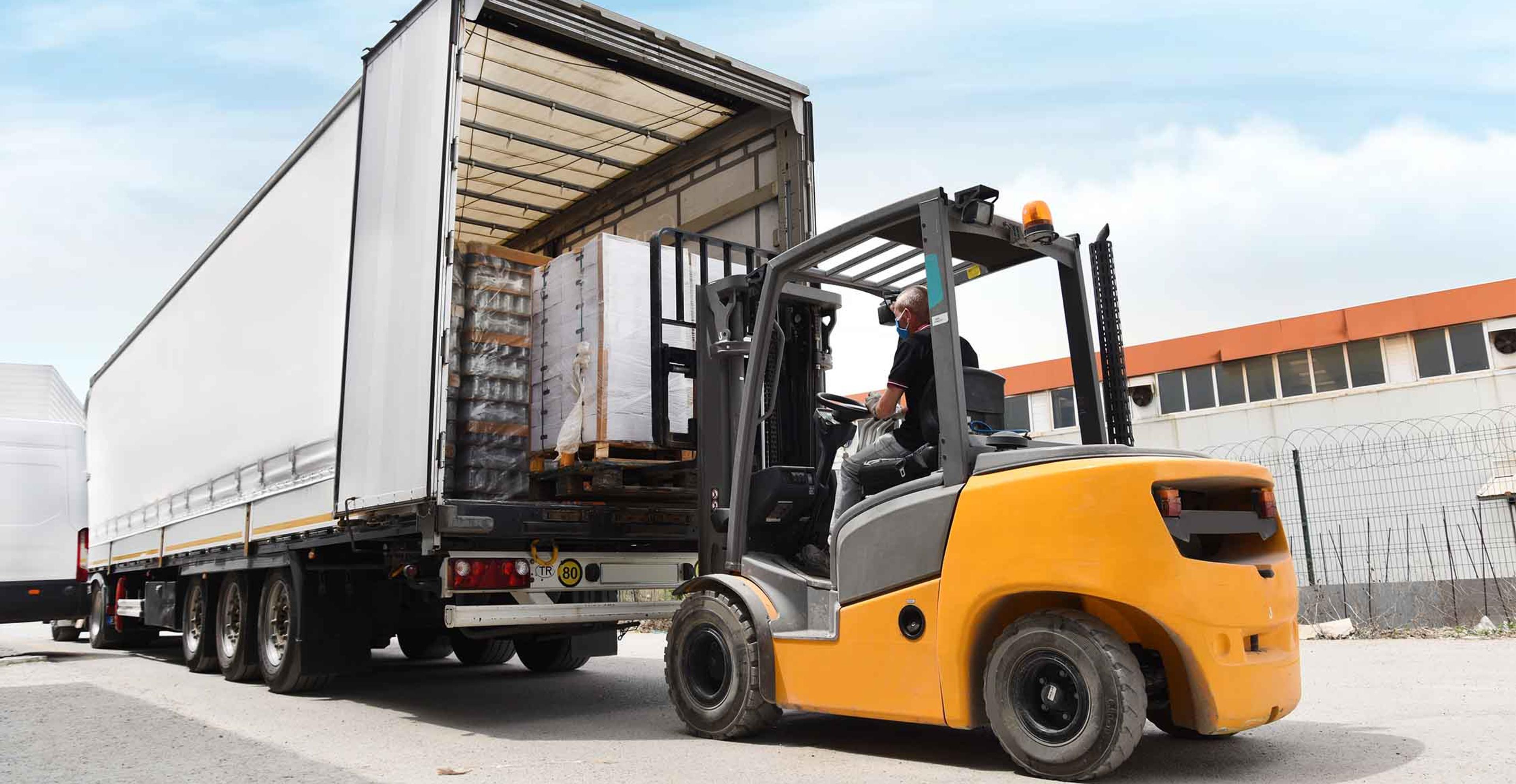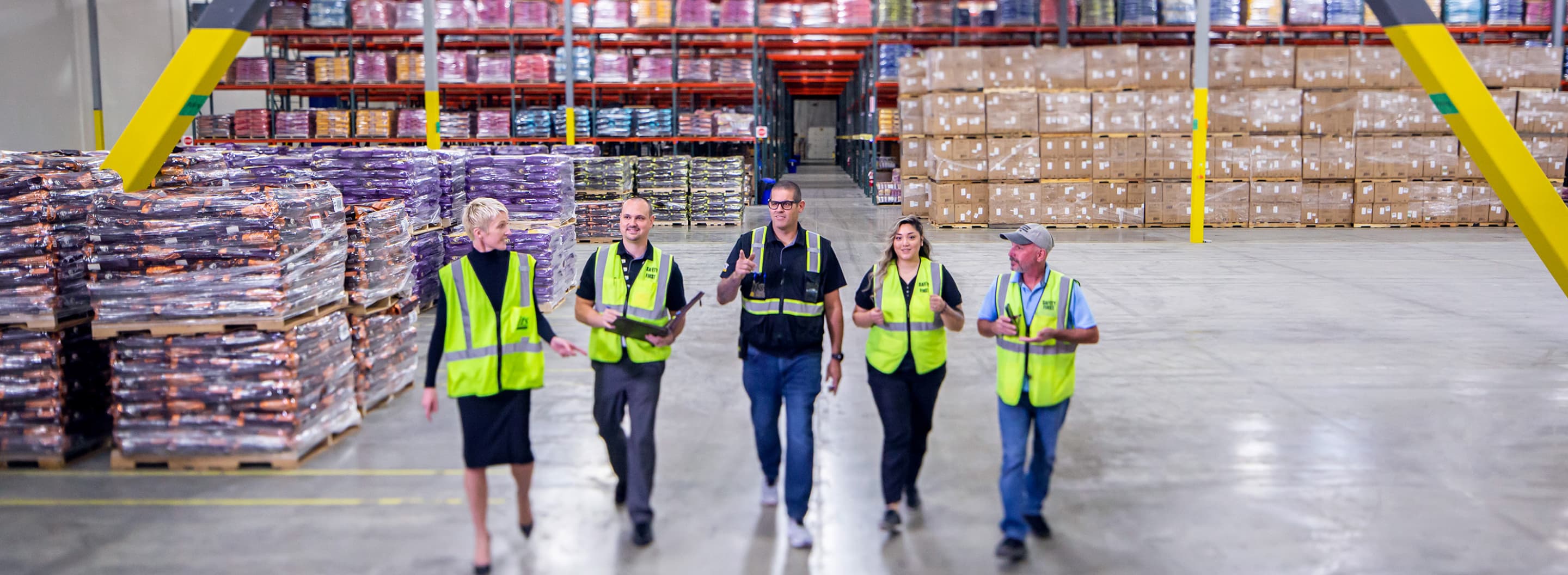
It’s a good time to save on less than truckload shipping rates, which have been on the rise over the last several years. LTL rates have risen a staggering 60% since 2018 and continue in an upward trend—mostly due to a blend of increased demand, driver shortages, capacity constraints, and economic conditions.
Last year, capacity tightened even more after Yellow— a major, nationwide LTL carrier—shuttered its doors, leaving a 10% gap in market share. Forecasts predict rates to increase an additional 2.4% in 2024 as a direct result. To put that in terms of financial impact, a medium-size (around 20 shipments a day) shipper can expect the cost of LTL to rise tens of thousands of dollars.
Shippers can cut down on LTL sticker shock by embracing more efficient strategies, specifically pool distribution. Pool distribution is a time-tested model that can reduce shipping costs while creating a plethora of benefits and efficiencies.
"Pool distribution is a game changer in reducing LTL shipping costs,” said Jameson Goforth, ITS Logistics Vice President – Final Mile. “It’s a great fit for many of our LTL customers and is a strategic way to drive the most value for their investment."
What is Pool Distribution?
Pool distribution combines (or pools) smaller shipments destined for the same region into a single, larger shipment to optimize transportation.
Here’s how it works:
- Line-Haul to Regional Hub: Goods are consolidated and transported to a strategic, regional hub for distribution.
- Hub Consolidation: Shipments are broken down and consolidated based on their final destinations.
- Final Delivery: Individual shipments are loaded onto local delivery trucks for the final delivery to each recipient.
Traditional LTL vs Pool Distribution

Pool distribution and cost savings
Pool distribution combines multiple, smaller LTL shipments based off region into one full truckload for the longest portion of the haul to cut down on per-unit costs. This gives shippers the ability to negotiate better rates with carriers due to the efficiency created by delivering a full truckload deeper into their network, resulting in a better rate while also reducing the number of touchpoints. Ultimately, the cost of the full truckload is offset by the savings on LTL shipments that would typically travel as individual shipments.
Once the shipment reaches the regional LTL facility, it’s sorted based on final destination and delivered via the most efficient carrier, which leads to more savings on the shorter line hauls. On average, ITS customers using LTL pool distribution save 15-30% on their total LTL costs.
Reduced damage
LTL shipments typically go through a high number of touchpoints on the way to their destination. Shipments traveling more than 2,000 miles can touch as many as seven terminals across their journey. Because of that, the chances of damage or freight loss are much higher than full truckload (FTL) shipments. Pool distribution lessens the amount of touchpoints from origin to destination, which means there are less opportunities for goods to be damaged or lost.
"Every touchpoint comes with the risk of freight being lost or damaged, which is why reducing touchpoints is such a standout benefit of pool distribution,” said Jameson Goforth, ITS Logistics Vice President – Final Mile. “Pooling shipments and reducing touchpoints plays a massive role in minimizing the risk of freight damage for our customers.”
Improved time in transit
Pool distribution improves time in transit with less-than-truckload shipments by consolidating multiple LTL shipments into a single, full truckload for the longest leg of the journey. This consolidation reduces the number of intermediate stops and handling points, minimizing delays and potential disruptions. Pooling shipments allows for better load optimization and more efficient use of transportation resources.
Improved Sustainability
By consolidating LTL shipments, pool distribution leads to fewer trips, fewer trucks, and the more efficient use of fuel. These efficiencies reduce the shipments overall environmental impact and create a greener footprint for the shipper.
Save on Your LTL Shipments with ITS Logistics
ITS Logistics has decades of experience providing creative solutions that help customers maximize their supply chain and get the most out of their distribution strategy. We take the time to get to know your business and customize solutions to deliver a seamless customer experience over every sales channel.
Our approach to LTL helps you meet your cost and service goals by matching your shipping volume, destination zones, and budget with the optimal combination of national, regional, and niche carriers in our network. Our team manages every aspect of the process, so you don’t have to—providing you with a single, reliable touchpoint for your LTL shipments.
Reach out to learn more about ITS Logistics and find a creative logistics solution to save on your LTL shipments.
Meet Jameson Goforth, Vice President of Final Mile
With over 17 years of LTL experience, Jameson Goforth specializes in helping companies of every size maximize efficiency and value in their supply chain. Take the conversation further by messaging him at jgoforth@itslogistics.com and learn more about how our team can help improve your LTL.



